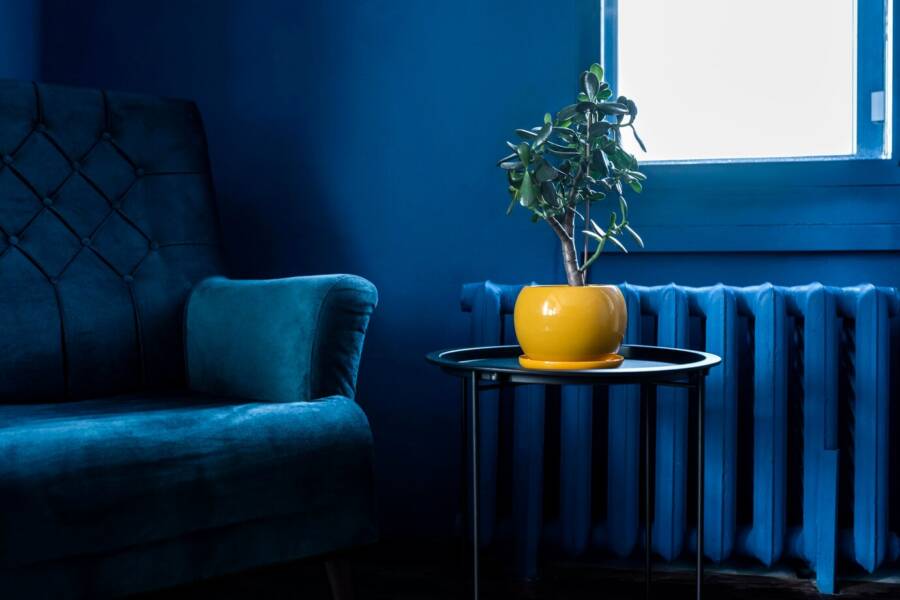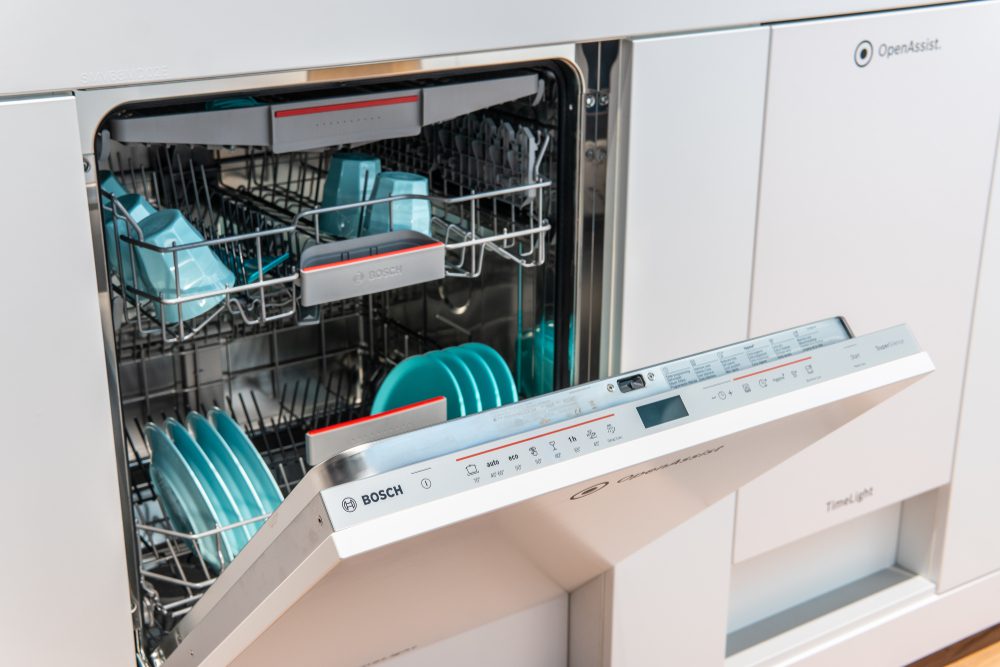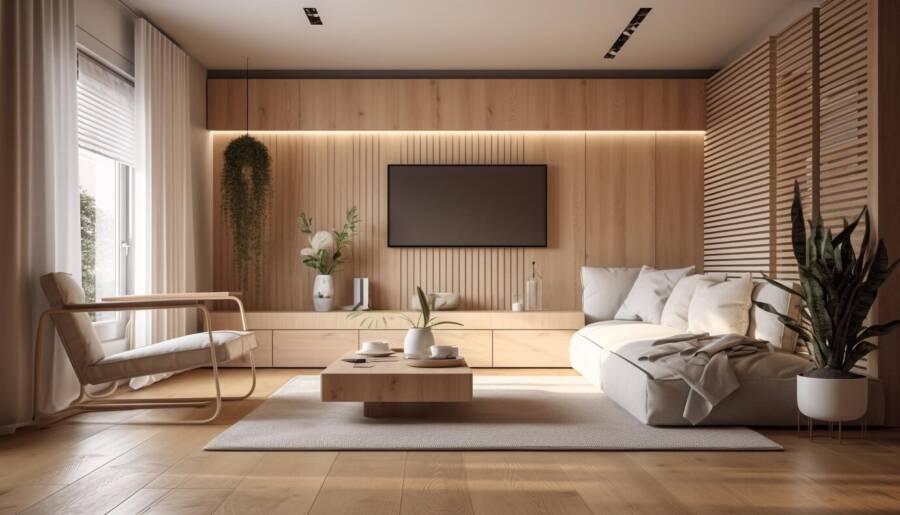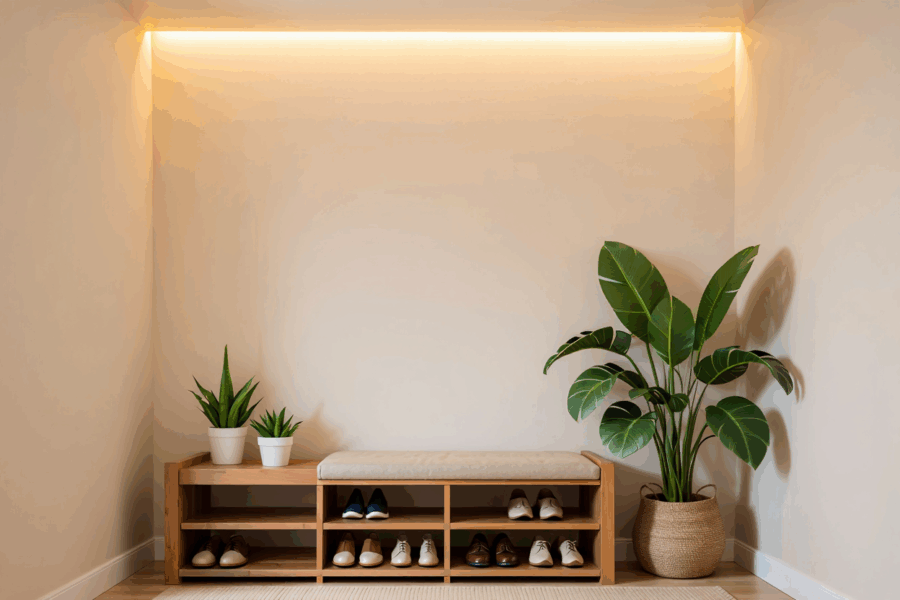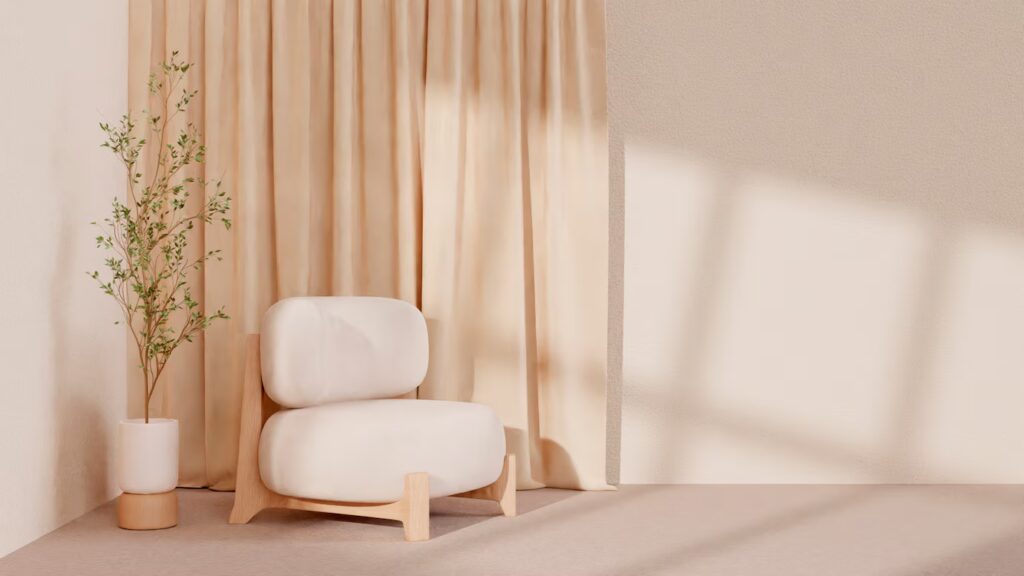Light is one of the most crucial elements when it comes to taking care of any type of plant; however, there can be something incredibly daunting about trying to provide enough light without overwhelming or burning the delicate leaves. So how do we ensure that our precious plants get just what they need?
It can seem like an impossible task at first, but with some knowledge and careful consideration, giving your prayer plant exactly what it needs is easier than you think!
Here’s Prayer Plant Light Requirements
Prayer plants need bright, indirect sunlight for best growth. To provide the necessary environment, position the plant near a south- or east-facing window. During the winter months, provide artificial lighting for 8 hours each day to supplement natural light and help keep plants growing.
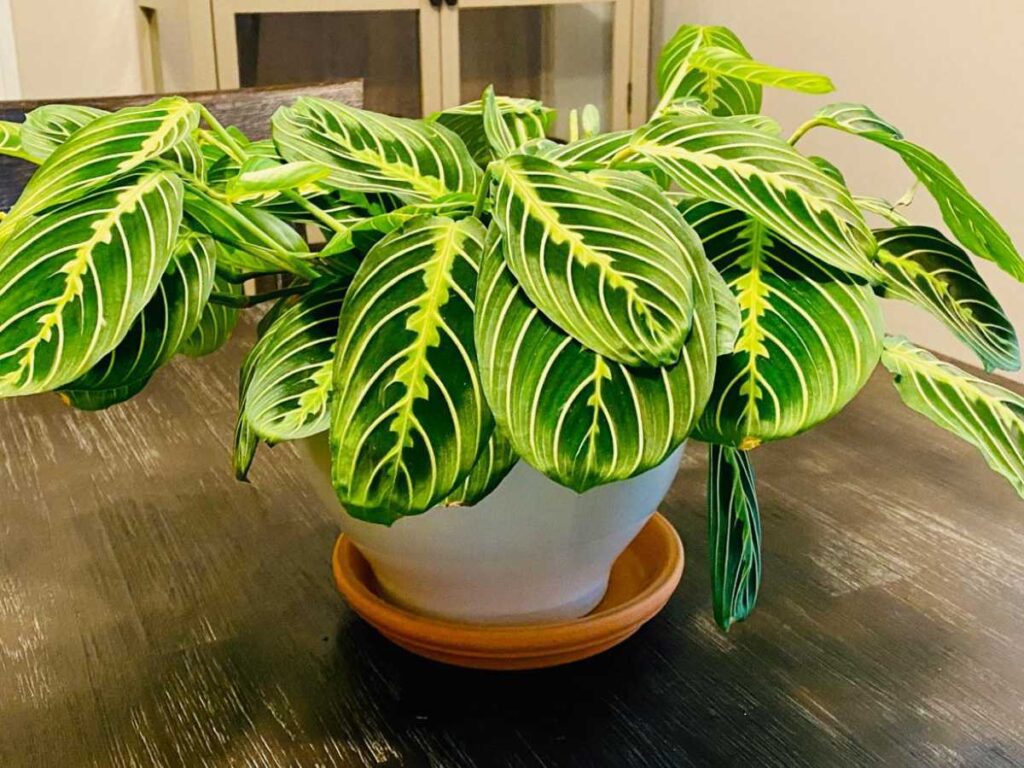
What Is A Prayer Plant?
The prayer plant is a popular houseplant with stunning foliage and an easy care routine. It has large, pointed leaves that are dark green marked with deep purple veins. During the day, it will sit upright in its “prayer” position—hence the name—but at night, the leaves fold up like hands praying together.
Praying plants make great additions to any home or office space looking for a bit of life, as they require very little effort to keep happy.
What Light Conditions Do Prayer Plants Need?
Like a silent prayer, the prayer plant (Maranta leuconeura) is an enigmatic houseplant that brings beauty and serenity to your home. But if you want to keep it healthy, what light conditions does this mysterious being need?
Firstly, let’s paint a picture of the ideal environment for your prayer plants: bright but indirect sunlight; temperatures between 65-80 degrees Fahrenheit; low humidity levels; and regular watering with room temperature water. While these may seem like stringent requirements, there are plenty of ways to meet them all at once. Here’s how:
- Place your prayer plant near a north or east facing window – where it will get filtered sunlight throughout the day.
- Keep any fans at a distance and keep your thermostat steady for consistent warmth.
- For higher humidity needs, place some pebbles in the saucer beneath the pot – fill it up with water until just below the top layer of pebbles – this creates evaporation which helps increase humidity around your plant!
With a little bit of patience and attention, you can give these special plants everything they need to thrive! Give them time to adjust to their new environment, and watch as they unfurl their intricate foliage before you, ready for another season full of life and color.
How Much Light Does A Prayer Plant Require?
Let’s look at how much light a prayer plant needs. Prayer plants, or Maranta leuconeura, are most happy when they get bright indirect sunlight and cooler temperatures. They don’t like to be in direct sunlight too often; if the leaves start to turn yellow, then it’s time to move them out of direct sunlight as this means they’ve had too much light.
Though prayer plants can tolerate lower levels of light, they will reward you with their best growth if given enough brightness. A spot close to an east-facing window is ideal for optimal growth, but even south or west windows should do just fine—just remember that more intense midday summer sun could be too much for a sensitive prayer plant! So keep an eye on your plant and adjust its position accordingly.
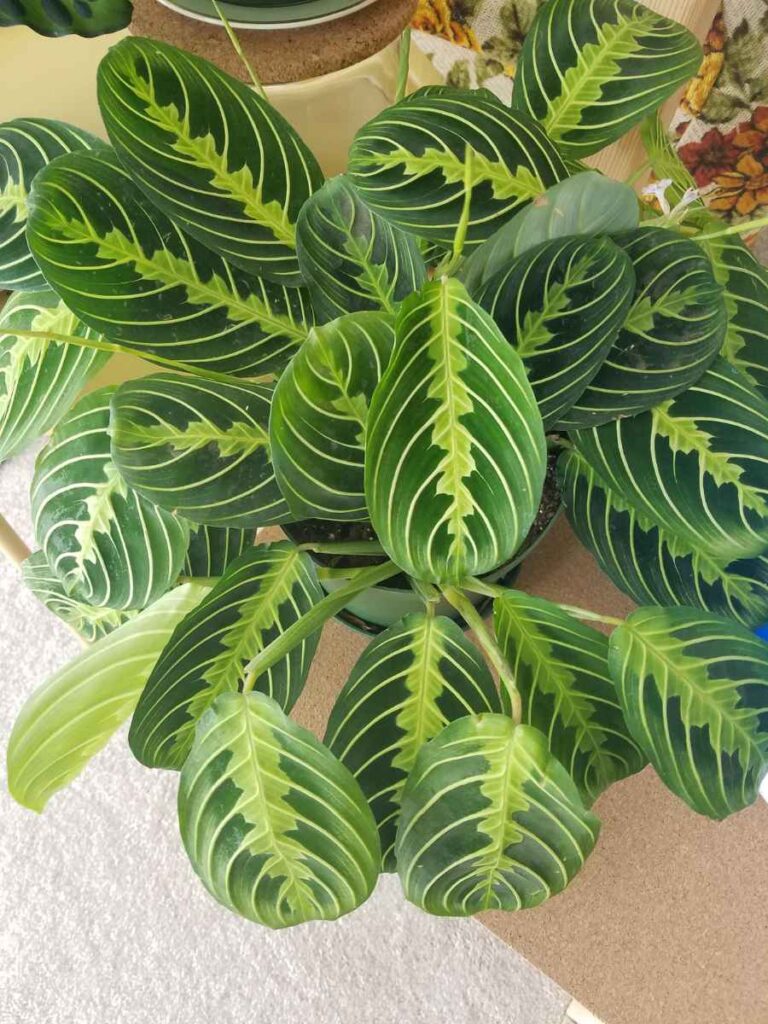
How To Identify If A Prayer Plant Is Not Getting Enough Light?
As any plant enthusiast knows, prayer plants require bright, indirect light to thrive. But how can you tell if your prayer plan is not getting enough light? Shockingly, it’s easier than you think!
For starters, let’s look at the signs of a prayer plant that isn’t receiving enough light: the leaves are pale or yellowing; the stems become long and leggy; and new growth slows down dramatically.
To ensure your beloved prayer plant gets all the sunlight it needs, keep an eye on its location – position near a window with plenty of natural daylight streaming in.
If necessary, supplement this with artificial lighting such as LED grow lights or fluorescent bulbs placed around 12–14 inches away from the foliage.
Taking care of a houseplant can be tricky business, but knowing what to watch out for will help make sure yours stays healthy and happy. With just a little bit of extra attention and effort, you’ll soon have your own thriving “praying hands” in no time!
What Are The Benefits Of Adequate Light For A Prayer Plant?
It is estimated that over 6 million houseplants are sold each year in the U.S., making prayer plants a popular choice for many indoor gardeners. Beyond being aesthetically pleasing, there are several benefits to providing adequate light for your prayer plant. Here are a few key points:
- Adequate lighting will help promote photosynthesis, allowing the plant to produce food energy from sunlight and grow more quickly and healthily;
- Ample sunlight encourages vibrant colors on prayer plant leaves and helps prevent leaf yellowing;
- With enough sun exposure, you can expect beautiful blooms throughout the summer months.
Lighting plays an essential role when it comes to growing healthy prayer plants. When placed near bright windows or other well-lit areas of your home, they’ll thrive with minimal effort on your part. But if you want them to reach their full potential—and look as stunningly lovely as possible—you need to make sure that they get plenty of natural daylight (or supplemental light) during the day. The amount of light required depends on the specific variety of prayer plant you have, but most prefer medium-indirect light or even direct morning or evening sun, so consider this carefully before placing your plant too close to any window in order to avoid scorching its delicate leaves.
How To Provide The Right Amount Of Light For A Prayer Plant?
It’s a coincidence that many of us are searching for the best way to provide light to prayer plants because they require just the right amount. Prayer plants love bright, indirect sunlight, and too much or too little can be detrimental to their health. So how do you give your plant optimal lighting?
Most people will tell you that prayer plants need four hours of direct sun each day in order to thrive. However, this rule is not set in stone—it entirely depends on where you live and the environment around your home.
If you’re living in an area with particularly strong sunshine then your plant may need less than four hours of direct sun per day; if you’re living somewhere with milder sunshine then more may be required.
In any case, try to avoid exposing your plant to intense midday heat, as this could cause scorching or burning.
If natural sunlight isn’t available or is insufficient for your prayer plant, artificial lighting is always an option. A fluorescent grow lamp placed about 12–18 inches above the tops of the leaves will help supplement insufficient natural light without overdoing it—and make sure whatever bulb you use produces full-spectrum white light so that all parts of photosynthesis are catered for!
What Are The Effects Of Too Much Light On A Prayer Plant?
It’s true that prayer plants need a good amount of light to thrive. But is too much light bad for them? When it comes to the effects of bright sunlight on this species, we have some answers.
Excessive exposure to direct sunlight can cause scorching and burning in the leaves of your beloved prayer plant. Too much sun will also make their foliage turn yellow or brown—not exactly something you want in an otherwise vibrant houseplant! The main takeaway here is that while they need decent amounts of daylight, these little beauties don’t do well with prolonged periods of intense sunrays.
You should pay careful attention to where you place your prayer plant. A spot near a window with filtered light is ideal; however, if you’re worried about giving them too much direct sun, consider moving it slightly further away from the window or investing in sheer curtains to diffuse some of the intensity. With proper lighting, your prayer plant will remain healthy and lush!
How To Increase Or Decrease The Light For A Prayer Plant?
If you’re in an area with strong natural sunlight, then less direct exposure is best—keep your plant out of any harsh sun rays and instead give it bright but indirect light, such as that from a north-facing window.
However, if you live somewhere with weaker daylight hours, then more direct exposure will be necessary. In this case, place the plant near an east- or west-facing window so it gets plenty of morning or afternoon sun, respectively.
In terms of intensity, prayer plants prefer medium lighting conditions – never pitch black darkness and not full blazing sunshine either!
A simple way to remember what’s ideal is to think about mimicking their original environment: the dappled shade beneath trees in tropical rainforests. This means adjusting depending on the season; during summer months, when days are longer, reduce exposure time and position further away from windows, while during winter, increase both slightly.
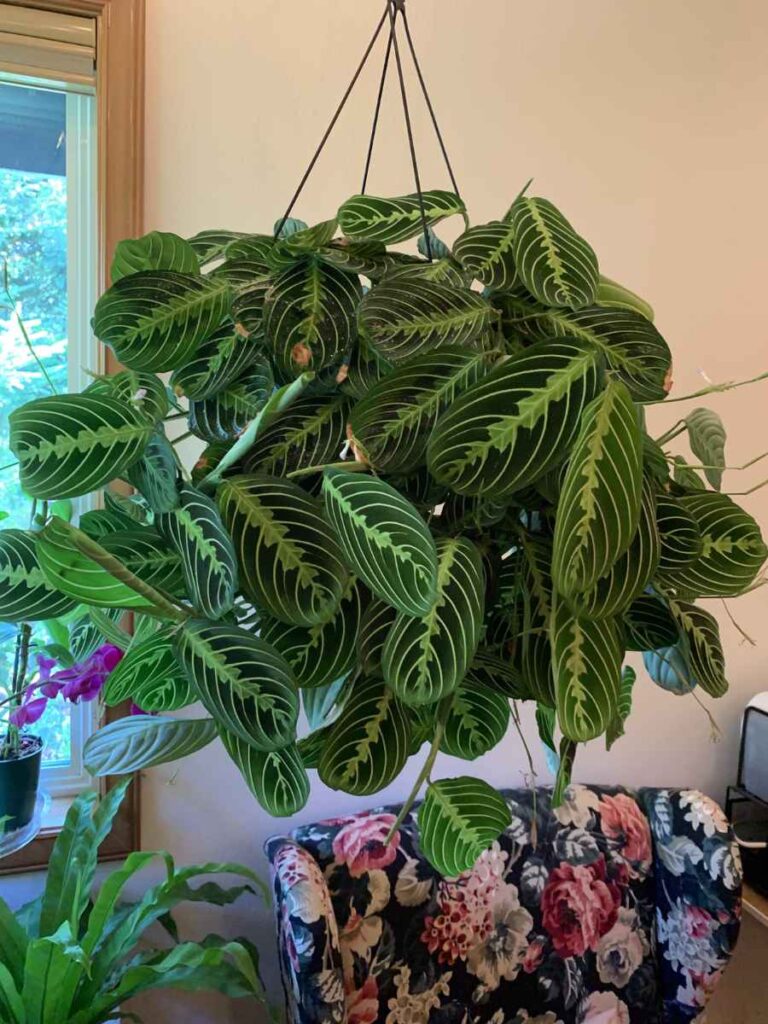
What Are The Best Lighting Options For A Prayer Plant?
Prayer plants are a popular houseplant, known for their dramatic foliage and ease of care. And when it comes to lighting requirements, they’re fairly adaptable—but there are still some best practices in order to get the most out of your prayer plant.
The ideal lighting situation is bright but indirect sunlight. If you have a south-facing window, this could be perfect; if not, an east- or west facing window should also work well.
Don’t worry too much about direct sun hitting the leaves; just move back any furniture that might be blocking the natural light coming through the windows.
You can supplement with fluorescent tube lights if necessary, placed close enough so that they don’t cast shadows on the underside of the leaves (around 12 inches away).
If you’re looking to grow your prayer plant outdoors during the summer months, make sure it’s planted in partial shade—under trees or behind hedges – as full sun may scorch its delicate leaves.
Whatever your set up is indoors or outside, keep an eye on how your plant responds – yellowing tips may indicate too little light while brown patches mean it needs less exposure!
How To Select The Right Lighting For A Prayer Plant?
“A stitch in time saves nine,” and this is certainly true when considering the lighting requirements of a prayer plant. Choosing the right light for your houseplant can make or break its health, so it pays to plan ahead.
When selecting suitable lighting for a prayer plant, look for bright but indirect sunlight from a south-facing window. Morning sun works best, as too much afternoon sun will cause scorching on delicate leaves—an issue that’s difficult to remedy once it’s set in!
For those who don’t have access to direct sunlight, artificial lights are an excellent substitute. Fluorescent tubes with lots of blue spectrum provide great illumination and should be placed around 25cm away from the foliage; LED bulbs also work well at slightly further distances.
If using either of these sources, aim for 12 hours of light per day to replicate natural growing conditions. Allowing some darkness each night is essential too – no more than 8 hours without any luminescence will keep your prayer plant thriving.
Keeping up with these rules might seem tricky, but there’s plenty of advice available online if you get stuck. As long as you find the balance between too little and too much light, your prayer plant should stay healthy and happy for years to come!
Examples Of Lighting Solutions For A Prayer Plant
Did you know that an estimated 75% of the world’s plants are houseplants? Whether you already have a prayer plant or you’re considering adding one to your home, choosing the right lighting is essential. This article will provide examples of lighting solutions for prayer plants so they can thrive in your space.
Prayer plants prefer bright indirect light, as this will encourage new growth and prevent them from becoming leggy. To achieve this balance, there are a few options available depending on how much natural light is present in your home. If the room has plenty of sun, great! Place it near an east-facing window where the direct morning rays won’t be too intense. Alternatively, if there’s less natural light:
Artificial Lighting Solutions:
- LED Grow Lights – These lights emit wavelengths specific to photosynthesis which helps with leaf development and colour saturation.
- Fluorescent Bulbs – A standard fluorescent bulb is perfect for providing additional brightness without being overpowering and can also help with promoting better flowering performance.
Natural Lighting Solutions:
- Position Near Windows – Moving a prayer plant closer to windows (but not directly next to them) allows some filtered sunlight onto its leaves while avoiding any scorching effects caused by strong midday rays.
- Rotate Plant Regularly – Turning it every week or two ensures that all sides receive equal amounts of illumination and prevents flat spots from forming due to leaning towards sunlight sources.
Both artificial and natural lighting solutions ensure that prayer plants get enough light to keep their foliage vibrant and healthy looking throughout the year. Furthermore, regular pruning back of stems encourages bushier growth habits and fuller appearances too! As long as these simple requirements are met, maintaining a thriving prayer plant in your home should be easy enough!
Troubleshooting Tips For Improving Light Conditions For A Prayer Plant
If you’ve got a prayer plant in your home, chances are you want it to look its best. But sometimes, getting the lighting conditions right can be tricky. Don’t worry; there are plenty of steps you can take to improve matters.
To start, check what kind of light levels your plant is receiving. Prayer plants need bright but indirect sunlight, so if yours isn’t getting enough natural light, then consider investing in an artificial grow lamp that will provide the necessary illumination without being too harsh on the leaves. It could also help to move them around regularly to evenly distribute their exposure to whatever lighting source you have available.
On top of this, make sure not to overwater, as this can cause yellowing or brown spots on the foliage, which indicate root rot. If humidity becomes an issue for your prayer plant, simply mist the leaves with water and give them a regular wipe down with a damp cloth; this should help keep any problems at bay!
Common Mistakes To Avoid When Setting Up Lighting For A Prayer Plant
It can be hard to provide the right lighting for a prayer plant, but with some care and attention, it’s possible to get it just right. Contrary to what you might think, there are actually quite a few common mistakes when setting up lighting for these plants—let’s take a look at them now.
First of all, although they love bright light, direct sunlight is not advised as this will scorch their leaves; instead, opt for indirect or filtered light from an east-facing window.
Poor ventilation could also be detrimental to your prayer plant; make sure that air circulates freely around the pot, otherwise mold may develop on its soil.
If you’re using artificial lights, then ensure they aren’t too close; place them at least 12 inches away and use only fluorescent bulbs rather than incandescent ones.
Finally, if you’ve moved your plant lately, try not to move it again once you find the perfect spot! Doing so can cause stress and shock, which may damage your beautiful houseplant.
In short, be mindful of how much sun exposure your prayer plant gets and give it plenty of fresh air. Artificial lights should always be placed far enough away so that heat isn’t an issue, and any sudden movements should be avoided in order to help keep them happy and healthy.
Caring For A Prayer Plant: A Summary
“As the saying goes, “you reap what you sow,” and this is especially true when it comes to caring for a prayer plant. Caring for someone requires time and effort but can be incredibly rewarding.
The most important part of looking after your prayer plant is providing adequate light. It should receive bright, indirect sunlight or 12-14 hours of artificial lighting per day. Too much direct sun will cause scorching, while too little light may result in weak growth, so aim to get it just right!
Watering needs are moderate; allow the topsoil to dry out before giving it another drink. Feed monthly with a balanced liquid fertilizer during its growing season (spring through early fall). Pruning isn’t necessary unless your plant becomes leggy, but do remove any dead leaves as they appear.
Your patience and care will be rewarded. With the correct environment and attention, your prayer plant should thrive! “Keep up the good work and enjoy watching your beloved houseplant flourish.”
Conclusion
The care of a prayer plant requires an understanding of its specific light needs. It can be tricky to get the balance right, but with patience and practice, you will find success. To me, caring for my prayer plants is like a dance: I move around them until they are comfortable in their environment, providing just enough heat and light to make them happy.
It’s important not to forget that our beloved houseplants require extra attention, especially when it comes to their lighting needs. We should do our best to provide adequate light for our plants as if we were teaching them how to fly—gradually increasing the intensity until they reach their optimum level of brightness.
Caring for a prayer plant isn’t always easy; it takes dedication and effort on our part, but the end result is worth it! With proper lighting requirements met, these beautiful plants will thrive and reward us with abundant foliage and healthy growth.
So don’t be afraid to take the time to ensure your prayer plant has all the necessary resources needed for optimal performance!

